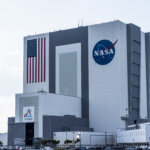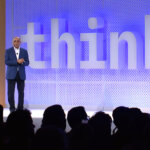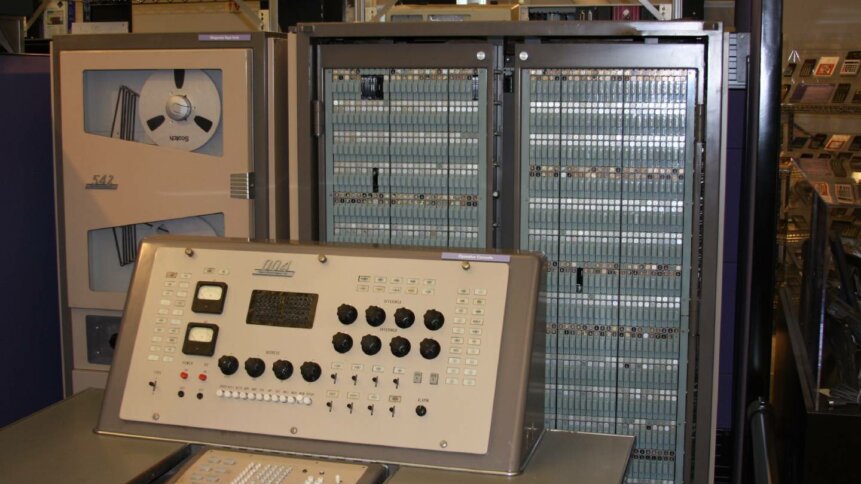
- A mainframe computer on a limited budget.
- Transactional processing at scale.
- ROI in months compared to hyperscale cloud.
Say the word mainframe to many IT professionals, and they immediately think of legacy computing, systems being replaced with more modern technologies to better cope with the demands on computing common in 2024. Some will have used mainframe systems in the past, perhaps in environments where computer access was via a mainframe and thin client. In those situations, the client was a dumb terminal, and the computing work was done elsewhere by a central mainframe facility.
But mainframes are still in everyday production in some industries, and the market for new mainframe hardware and compatible software continues to grow where “transactional” computing is central to effective operations.
The new IBM LinuxONE 4 Express is a piece of hardware designed for smaller organizations, and it represents the baby of the breed, offering a low-cost of entry with pre-configured hardware options. The company also emphasizes its cyber-resilience, with hardware security systems it terms “Secure Execution.” The hardware has some high security clearance standards, including Common Criteria EAL 4 and DISA STIG certifications, and FIPS 140-3 compliance.
Users can choose their preferred software platform, with SUSE now offering its Linux Enterprise Server for IBM Z as part of a bundle that can also come with SLE Live Patching, SUSE Manager Lifecycle Management Plus, SLE High Availability, and a long-term service package. The Secure Execution hardware means multiple containerized applications can be run simultaneously in isolation. That makes the system ideal for multi-tenancy operations or parallel application spaces that are effectively separated from each other.
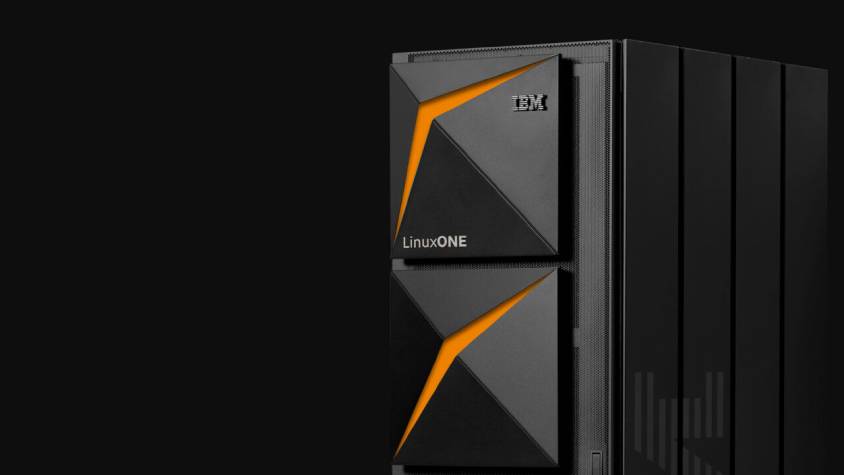
IBM LinuxONE Express. Image: IBM.
Mainframe computer benefits
While similar secure and powerful environments can be created using several x86 servers, mainframes represent a more sustainable approach to hardware and power use. Expansion of storage, memory, and processing capacity over time makes this style of hardware a more attractive long-term prospect: the use of fewer components obviously reduces environmental impact and makes hardware maintenance plans simpler to budget.
While the initial cost (from $135,000) may seem high as a line item on a CAPEX sheet, enterprises with large cloud provider bills may see an effective return on investment sooner than they think. Depending on use cases, third-party clouds’ abilities to scale and provide agility are often seldom used. That means large organizations pay for capabilities they may rarely make use of.
Transactional computing
The continuing existence of a thriving market in mainframe computing stems from the need for accurate transactional computing in a growing number of verticals. Transactional computing can be best described as a way that canonical records of all aspects of a single transaction can be kept, with each element of one transaction being required to be successful for a record to be made, changed, or deleted.
For example, in an e-commerce business, a transaction would comprise of moving funds from a bank account to a vendor via a payment provider. If one of those steps fails (and each comprises several sub-steps), the transaction has not occurred, so the only record made is one flagged as a failure. Therefore, the emphasis in computing terms is not on raw processing power (the main requirement for supercomputing, for example) but on the integrity of database entries. That emphasis doesn’t necessarily require a different computing architecture, but it’s one that comes built into the design specifications of mainframes.
For that reason, banking and financial services, for example, still rely on mainframe technologies. But as the scale of internet use grows, more industries rely on the type of security, reliability, and data veracity that mainframe methodologies (still) excel at. Other use cases may be found in high-volume e-commerce marketplaces, engineering facilities that rely on multiple IIoT nodes, and power distribution networks, to name just three examples.
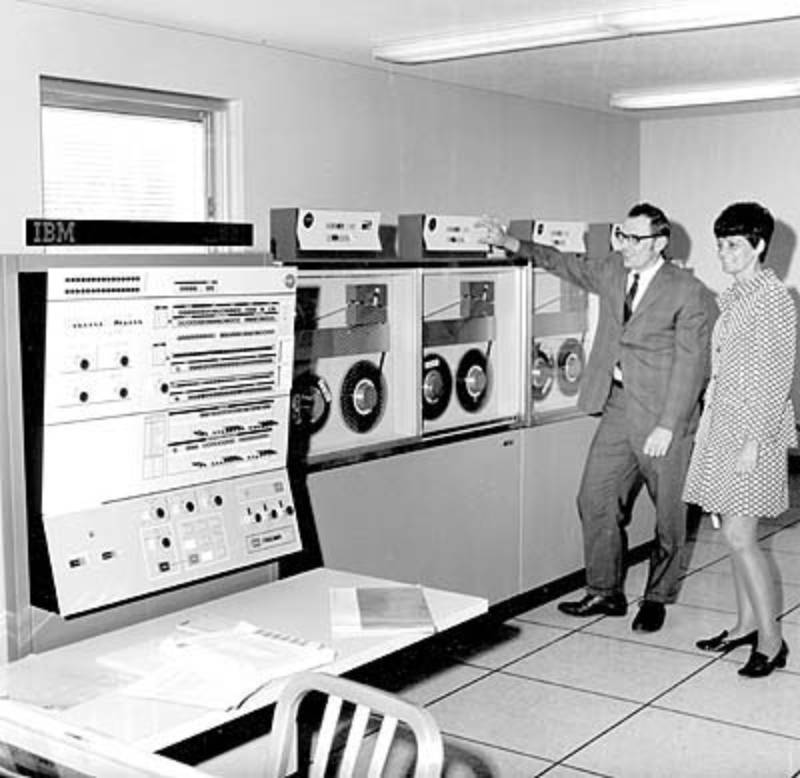
“Mainframe computer” by scriptingnews is licensed under CC BY-SA 2.0.
Business case for mainframe computers
Software optimized for transactional computing, whether monolithic or based on microservices, is available from several vendors: LinuxONE hardware will run Red Hat, SUSE, and Ubuntu. The LinuxONE Express hardware range contains (at base version) 16 IBM IFL systems (Integrated Facility for Linux), expandable to 68 IFL instances. The Emperor LinuxONE range supports over 200 for those looking for more grunt.
The size and power of mainframes make them ideal for placing data and applications in the same place. IBM quotes an example of medical data and medical claims software sharing the same hardware tenancy, allowing for faster claim assessment. Similarly, for businesses looking to consolidate their server fleets, either in-house or leased from cloud providers, an Express instance can replace up to 2,000 x86 instances (manufacturer’s claim: YMMV).
Many IT decision-makers are coming to the conclusion that hyperscale cloud providers are not offering their services with end-user advantage front of mind. To grab a single example, Microsoft’s Q4 net income was $21.9 billion in 2023. While cloud computing still suits many, financial decision-makers might question the value for money their organization gets from their existing agreements with hyperscalers. That element of doubt and an increased need for reliable transactional processing will make the capital expenditure option look increasingly attractive to many.
The Express mainframe range can be sourced directly from IBM or approved partners.






